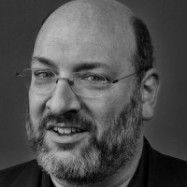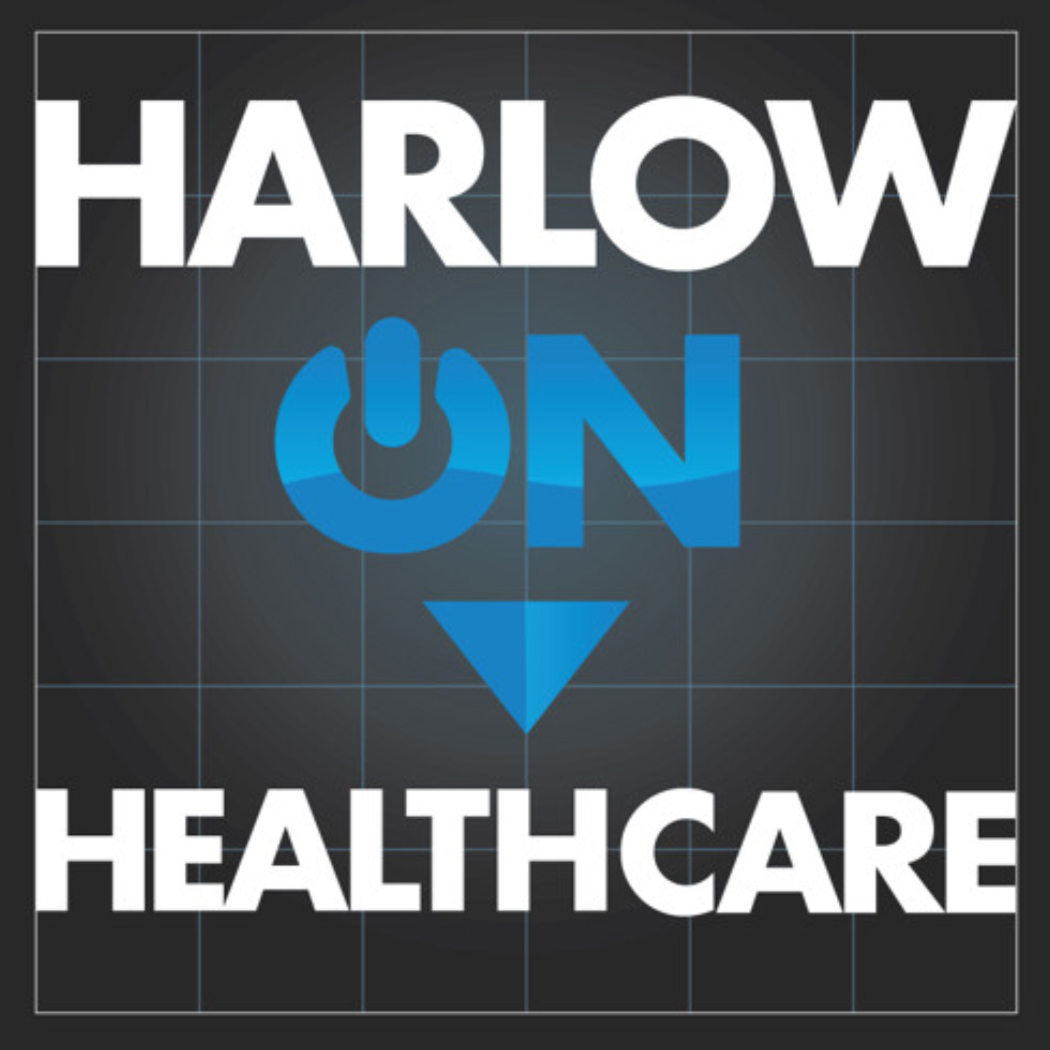As reported in the Boston Globe earlier this month,
As of January 1, 2009, no more so-called "diversions" of ambulances away from hospitals with backed-up emergency departments will be permitted in Massachusetts. This policy shift, announced in a July 3 Department of Public Health circular letter regarding changes to hospital diversion policies, adopts the current thinking of a number of national health care organizations, but is apparently the first statewide policy of its kind in the nation. (The only exception to the policy is a "Code Black," i.e., closed to all patients due to an internal emergency such as fire, chemical contamination, flood, etc.)
Why have diversions been necessary in the past? If an emergency room is overcrowded, then the theory has been that more patients should not be brought in by ambulance; instead, they should be transported to the nearest hospital with available appropriate resources. The key question is: Why are emergency departments overcrowded? To answer that question, it is vital to look not at the ED but upstairs, to the rest of the hospital. A study published by Eugene Litvak in Academic Emergency Medicine back in 2001 found that scheduling of elective surgeries to suit the schedules of surgeons, rather than to maximize the utilization of hospital resources by all users, which results in elective surgeries bunched up rather than smoothed out over the whole week, leads to more hours on diversion. Litvak's insight is that unless you adjust supply (add beds) or demand (limit admissions), you need to manage the peaks and valleys so as to allow higher average hospital census. Failure to manage patient flow variability means that on some days hospital beds — and in particular certain ICU beds — are full, thus ensuring that the ED will go on diversion. This problem has been exacerbated over recent years as standby capacity has been squeezed out of the health care system by a variety of economic factors.
Yesterday I caught up with Alasdair Conn, MD, Chief of Emergency Services at Massachusetts General Hospital, to discuss the new Massachusetts policy.
He observed that the acute care hospital system in Massachusetts has lost about 1/3 of its beds over the past 15 years or so, and has gone from an average occupancy rate of 75% to effectively 100%. Litvak's work has led to changes in policy at Boston Medical Center — surgeons are given more block time in the OR if they agree to spread it out over more days of the week; Conn says the scheduling at MGH has essentially gone to 6 days a week for elective surgeries, with further experimentation around scheduling as well, designed to alleviate the pressures that lead to diversions.
One of the more striking things Conn shared with me is that the average length of stay (ALOS) at MGH is 5.8 days; a reduction of ALOS to 5.7 days would effectively yield an additional twelve inpatient beds. Furthermore, a reduction of ALOS to 5.5 days would yield the equivalent of 36 new beds — just about the number of daily admissions to the hospital through the ED.
Other interesting points from our conversation:
- MGH (alone among Massachusetts hospitals) has seen a significant increase in young adult ED visits in recent months, likely as a result of folks newly insured under the Massachusetts universal health care law (and having difficulty finding PCPs) seeking ED care for services that they may have previously deferred. MGH, by the way, works to connect such patients with PCPs wherever possible. Limited service clinics (e.g., Minute Clinics) offer another safety valve for some of this volume.
- Massachusetts ran a two-week no-diversion experiment earlier this year, and it worked. With the advance notice given by the state, hospitals have had a chance to implement some operational changes to help make the no-diversion policy work. All bets are off, however, if we have a bad flu season this year.
All eyes will be on Massachusetts in January to see if the latest experiment in the People's Republic will succeed.
David Harlow
The Harlow Group LLC
Health Care Law and Consulting


